15 Best Industry Wastewater Treatment Techniques You Should Know
Table of Contents
- Key Metrics in Wastewater Treatment: Understanding the Treatment Capacity and Efficiency Rates
- Emerging Technologies: Analyzing the Role of Membrane Bioreactors in Industry Wastewater Treatment
- Cost-Effectiveness of Advanced Oxidation Processes: Evaluating Impact on Overall Treatment Expenses
- Environmental Impact: How Proper Treatment Techniques Reduce Pollutants in Industrial Discharge
- Regulatory Compliance: Key Standards and Guidelines for Effective Wastewater Treatment Solutions
- Case Studies: Successful Implementation of Innovative Techniques in Various Industries
- FAQS
- Conclusion
- Related Posts
Hey there! So, in today’s fast-changing industrial world, dealing with wastewater from industries is more important—and challenging—than ever. With tighter regulations and everyone’s growing eco-conscious mindset, industries really need to get savvy with effective wastewater treatment methods. Not only to stay within the law but also to do their part for the environment. In this blog, we’re gonna check out the 15 best wastewater treatment techniques that you should know about—covering some pretty innovative tech and solutions aimed at cutting down pollution and recycling water more efficiently. At Qingdao Oubo Chemical Co., Ltd, we’ve been around since 2011, and we’re all about providing top-quality cationic, anionic, and nonionic polyacrylamide solutions—that really help in improving wastewater treatment processes. So, stick with us as we walk through the key methods that could totally transform how you handle wastewater, paving the way for a cleaner, greener future.
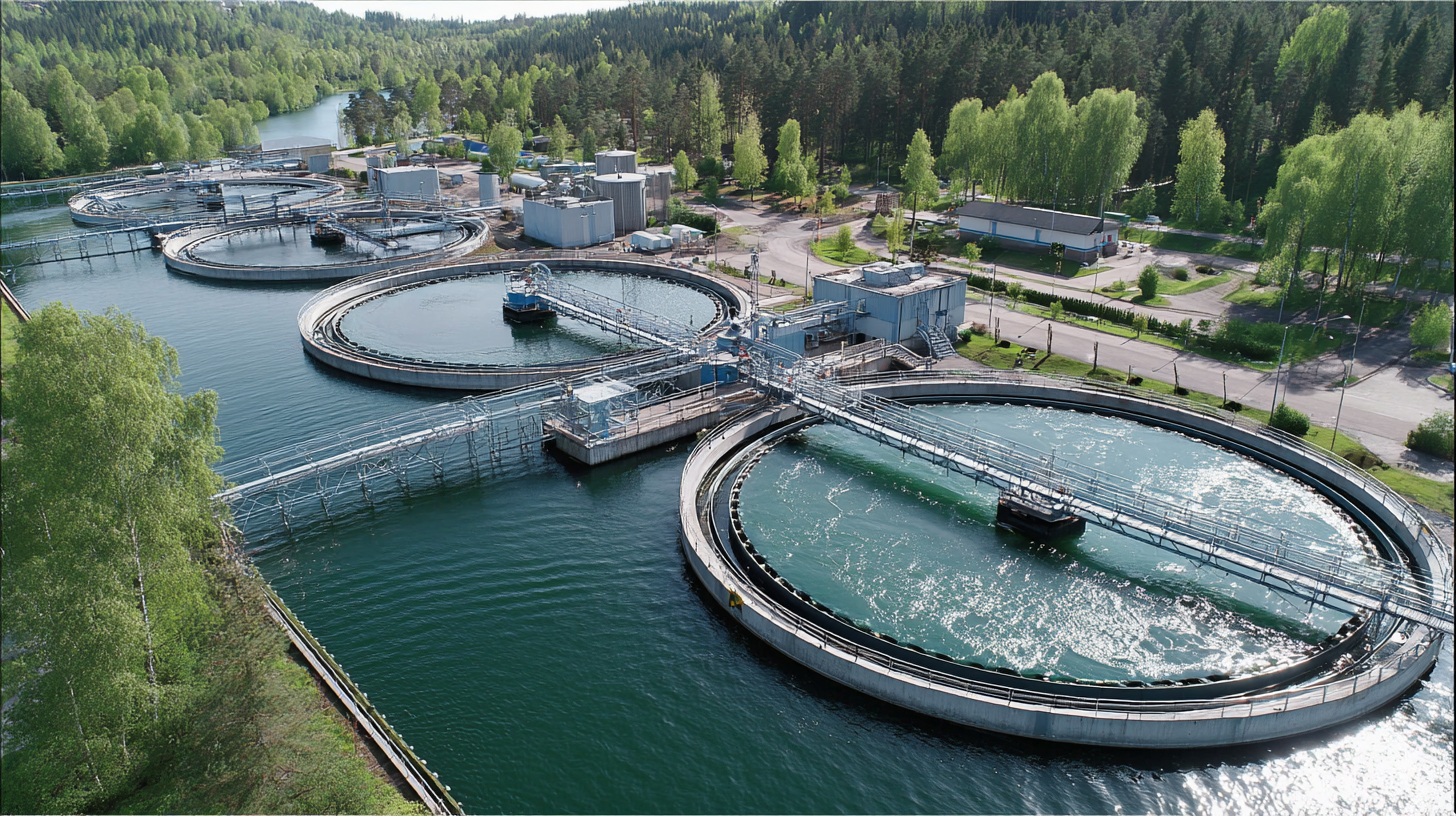
Key Metrics in Wastewater Treatment: Understanding the Treatment Capacity and Efficiency Rates
Getting a good handle on the key metrics in wastewater treatment is pretty important if you want to gauge how well your system is performing, both in terms of capacity and efficiency. So, treatment capacity basically means the maximum amount of wastewater a plant can handle over a certain period — usually measured in liters per second or gallons per minute. From what I've seen in industry reports, modern plants can range quite a bit — some can treat a few hundred cubic meters a day, while others can handle tens of thousands, depending on their size and the population they serve.
When it comes to efficiency, we're talking about how good the plant is at removing contaminants — often expressed as a percentage. For example, newer tech like membrane bioreactors (MBRs) can remove over 90% of pollutants, which really boosts the quality of the water for whatever comes next. If plants want to stay at their best, adopting real-time monitoring can be a game-changer. It allows operators to make quick adjustments on the fly, keeping things running smoothly.
Quick tip: Keep an eye on your key performance indicators — stuff like loading rates and removal efficiencies. It’s a great way to spot where improvements might be needed. And here’s another: look into cool new tech like biofilm reactors. They can help bump up efficiency without driving your operational costs through the roof.
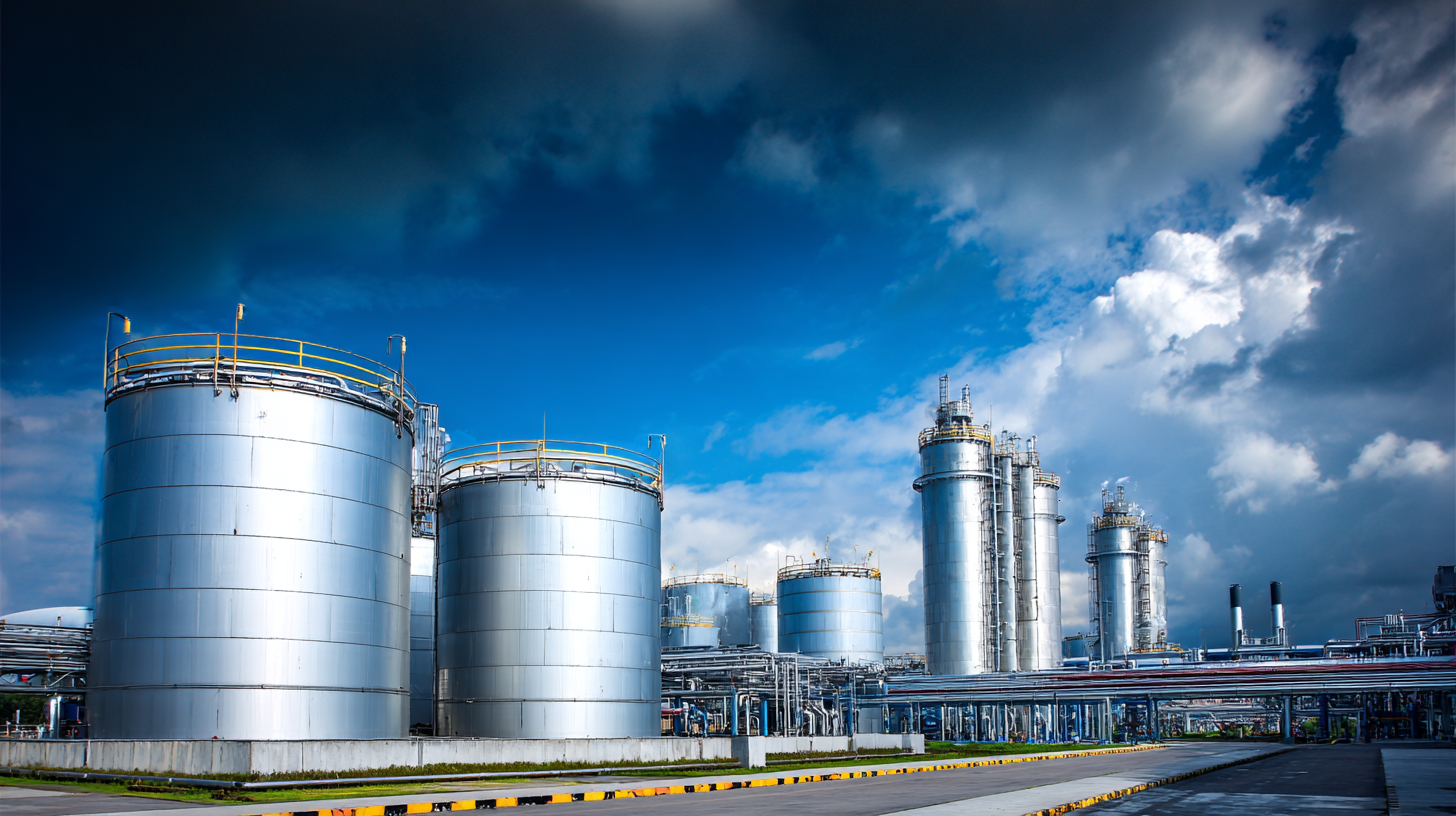
Emerging Technologies: Analyzing the Role of Membrane Bioreactors in Industry Wastewater Treatment
So, membrane bioreactors, or MBRs, have really become a game-changer when it comes to treating industrial wastewater. They're especially pretty good at tackling those tricky emerging contaminants whose presence used to be hard to manage. More recent studies are talking a lot about anaerobic membrane bioreactors, or AnMBRs — and honestly, they sound pretty promising. They seem to be super stable, thanks to a really diverse microbial community, which makes them perfect for dealing with all kinds of complex waste streams. One study even pointed out that AnMBRs can keep high system performance over time, which makes me think they’re gonna be pretty important in lots of different industrial applications down the line.
And then there’s the rise of electrochemical membrane bioreactors, or eMBRs. These are pretty exciting too because they do a better job at removing pollutants, and they’re pretty good at fighting membrane fouling, which is a big headache for conventional systems. It looks like eMBRs could really ramp up the efficiency of wastewater treatment overall. Plus, combining microalgae with bacteria is gaining ground — it’s a cool way to remove both chemical oxygen demand (or COD) and nutrients at the same time. The market for these membrane techs is trending upwards too, mainly because everyone’s craving more sustainable, cost-effective solutions. All of this suggests that MBRs are gonna play a huge role in shaping the future of wastewater treatment, no doubt about it.
Cost-Effectiveness of Advanced Oxidation Processes: Evaluating Impact on Overall Treatment Expenses
Lately, there's been quite a buzz around how cost-effective advanced oxidation processes, or AOPs for short, are in wastewater treatment—especially when it comes to tackling those tricky micropollutants. If you’ve been reading up, you’ll notice that processes like ozonation are often highlighted. They’ve been evaluated through life cycle assessments, which show they do a pretty solid job at knocking down micropollutant levels. But, I gotta be honest—these methods can get pretty pricey to run. I came across a study from the Netherlands that showed full-scale ozonation can really boost treatment results. The catch? It also hikes up the costs, so water utilities are kinda stuck between getting cleaner water and keeping expenses in check. It’s all about finding that sweet spot, right?
On the flip side, electrocoagulation (or EC for short) is looking pretty promising too. When combined with other treatment techniques, it’s been proven to be effective — especially for removing heavy metals and organic stuff. Recent reviews point out that tweaking things like pH levels and the current can make a big difference, helping to cut operational costs while still doing a good job clearing out pollutants. As industries get stricter with water quality rules, using these advanced methods, along with trusted chemicals from companies like Qingdao Oubo Chemical Co., Ltd., seems like a smart move. It’s all about balancing sustainability, efficiency, and costliness—a challenge, but definitely doable with the right approach.
15 Best Industry Wastewater Treatment Techniques You Should Know - Cost-Effectiveness of Advanced Oxidation Processes: Evaluating Impact on Overall Treatment Expenses
| Technique | Description | Cost-Effectiveness | Impact on Treatment Expenses |
|---|---|---|---|
| Activated Sludge Process | Biological treatment method using microorganisms. | Moderate | Effective but requires energy for aeration. |
| Membrane Bioreactor | Combines biological treatment and membrane filtration. | High | Reduces overall footprint but has high operational costs. |
| Constructed Wetlands | Uses wetland vegetation and soil to treat wastewater. | Low | Low energy requirements but needs large land area. |
| Advanced Oxidation Processes | Uses chemical oxidants to degrade pollutants. | High | Effective for challenging contaminants, but expensive. |
| Chemical Precipitation | Involves adding chemicals to remove contaminants. | Moderate | Cost varies with chemical prices and usage rates. |
| Electrocoagulation | Uses electric current to remove particles from water. | Moderate to High | Efficient for certain contaminants but energy-intensive. |
| Flotation Process | Involves air bubbles to separate solids from liquids. | Moderate | Cost-effective for oily wastewater. |
| Ultrafiltration | Uses membranes to filter particles from water. | High | Effective but requires periodic membrane replacement. |
| Reverse Osmosis | Separates contaminants from water by applying pressure. | High | Not cost-effective for all applications due to waste. |
| Bioremediation | Uses microorganisms to degrade environmental contaminants. | Low to Moderate | Sustainable but effectiveness can vary. |
Environmental Impact: How Proper Treatment Techniques Reduce Pollutants in Industrial Discharge
Dealing with industrial wastewater properly is honestly a big deal if we want to cut down on environmental damage and protect our ecosystems. I read somewhere that, according to the World Bank, almost 70% of all water pollution comes from industrial stuff—that's pretty alarming. But here’s the good news: with the right treatment tech, industries can seriously cut down on the nasty pollutants, like heavy metals and chemicals, before they even reach our lakes and rivers. Things like membrane filtration and biological treatments aren’t just fancy buzzwords—they actually make a real difference in making sure the water that gets released is safe for aquatic life and keeps our waterways clean.
If industries want to step up their game, one smart move is to do regular audits—kind of like a health check-up for your plant’s wastewater practices—to make sure they’re following the rules. Also, having a solid, integrated wastewater management plan can really boost efficiency and save some cash in the long run. And let’s not forget about training staff! Making sure everyone knows the latest treatment methods and best practices helps a lot. When companies build a culture that really cares about the environment, they don’t just improve their operations—they also make a positive impact on the community and our planet.
Another tip: adopting real-time monitoring systems is a game-changer. It lets facilities keep an eye on pollutants as they happen, so they can jump in quickly if something’s off. This kind of proactive approach can help avoid accidents and environmental disasters, saving reputations and protecting public health. The EPA even says that with proper wastewater practices, pollution can be cut by up to 90%. Honestly, investing in good wastewater management isn’t just good for the environment; it’s a smart move for any industry aiming for sustainability.
Impact of Wastewater Treatment Techniques on Pollution Reduction
Regulatory Compliance: Key Standards and Guidelines for Effective Wastewater Treatment Solutions
When it comes to wastewater treatment, sticking to the rules is a big deal. Industries really need to follow those strict environmental standards and guidelines—not just to stay out of trouble, but also to protect public health and keep our ecosystems safe. Agencies like the Environmental Protection Agency (EPA) in the U.S. lay out specific requirements for how wastewater should be treated and discharged. These rules cover everything from safe levels of contaminants to monitoring and reporting, so companies have to invest in effective tech to keep up.
Getting the hang of best practices in wastewater management isn’t just about legal stuff — it actually makes operations smoother and more efficient, too. That means using advanced filtration, chemical treatments, and biological methods that meet the standards and help avoid any slip-ups. Nowadays, many industries are turning to cool new solutions like automated monitoring systems and real-time data analytics to keep a close eye on their treatment processes. This way, they make sure they’re always in compliance and doing their part to help the environment. All in all, playing it by the rules can save money on penalties and make a real difference in sustainability efforts.
Case Studies: Successful Implementation of Innovative Techniques in Various Industries
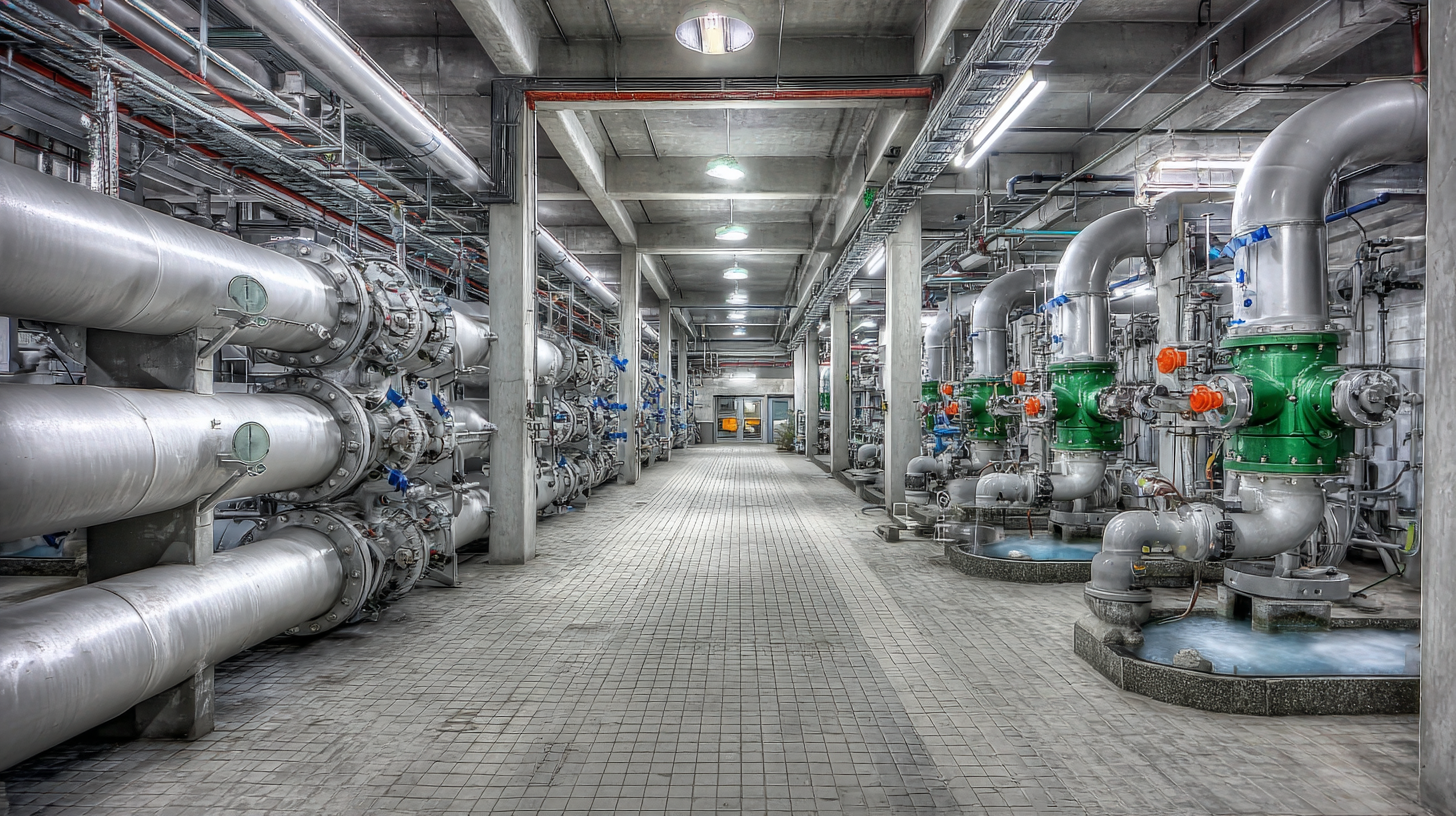 Lately, a lot of industries have been struggling with how to handle wastewater effectively. Thankfully, there have been some pretty cool solutions popping up that actually work. For example, in the textile world, companies are using advanced tech like membrane bioreactors (MBRs). Not only do these systems improve the water quality after treatment, but they also help recycle a bunch of water, which means less fresh water gets used overall. Folks who’ve gone down this road say they’re saving quite a bit on costs and running their processes more smoothly.
Lately, a lot of industries have been struggling with how to handle wastewater effectively. Thankfully, there have been some pretty cool solutions popping up that actually work. For example, in the textile world, companies are using advanced tech like membrane bioreactors (MBRs). Not only do these systems improve the water quality after treatment, but they also help recycle a bunch of water, which means less fresh water gets used overall. Folks who’ve gone down this road say they’re saving quite a bit on costs and running their processes more smoothly.
And check this out — the food and beverage industry has also found some game-changing methods, like anaerobic digestion. This process doesn’t just clean the wastewater; it actually creates biogas you can use for energy, too. Businesses using this approach have cut down on disposal expenses and are making a real dent in their environmental impact.
Tip: When you're looking into wastewater treatment options, it’s super important to think about what your specific industry needs. Bringing in engineers and environmental pros early on can make all the difference, helping ensure you pick a method that’s both effective and sustainable. And don’t forget — keeping an eye on your system with regular check-ups and maintenance can save you from costly breakdowns and keep everything compliant with regulations. Plus, checking out case studies from similar fields can give you some fresh ideas and help you come up with tailored solutions that really work for your operations.
FAQS
: MBRs are cutting-edge technologies used for industrial wastewater treatment, particularly noted for their effectiveness in addressing emerging contaminants.
AnMBRs provide remarkable stability, maintain high system performance, and support a rich microbial community, making them suitable for treating complex waste streams.
eMBRs enhance pollutant removal efficiency and effectively combat membrane fouling, thus improving the overall wastewater treatment process.
These consortia enable the simultaneous removal of chemical oxygen demand (COD) and nutrients, reshaping the landscape of wastewater management.
Proper treatment minimizes environmental impacts, reduces pollutants in discharge, and protects ecosystems, essential for safeguarding water quality.
Regular audits for regulatory compliance, integrated wastewater management plans, staff training, and the use of real-time monitoring systems are recommended.
Effective wastewater management practices can lead to a reduction in pollution levels by up to 90%, according to the EPA.
Regulatory bodies such as the Environmental Protection Agency (EPA) set specific requirements that govern treatment and discharge of wastewater to protect public health and the ecosystem.
Adhering to regulatory compliance is essential to meet legal obligations, protect public health, avoid penalties, and enhance operational efficiency.
By adopting best practices, leveraging innovative solutions like automated monitoring systems, and employing real-time data analytics to track treatment processes.
Conclusion
When it comes to wastewater treatment in the industry, knowing the key metrics like how much the system can handle and how efficient it is really makes a big difference. Lately, new tech, especially membrane bioreactors, is changing the game — they’re not just more effective but also help cut down costs. Advanced oxidation processes, for example, have proven to be quite affordable too, helping industries meet regulatory standards without breaking the bank.
And honestly, the environmental impact? It’s huge. Proper treatment methods are vital—they help reduce pollutants in industrial waste, which is a big step toward a more sustainable future. There are plenty of success stories out there, where companies have adopted these innovative solutions and seen real benefits. At Qingdao Oubo Chemical Co., Ltd., we’re all about supporting industries with essential chemicals like cationic and anionic polyacrylamide — because we believe that better treatment techniques not only boost efficiency but also help protect the planet.
Related Posts
-

The Ultimate Checklist for Selecting the Right Mixed Polyacrylamide for Your Business Needs
-
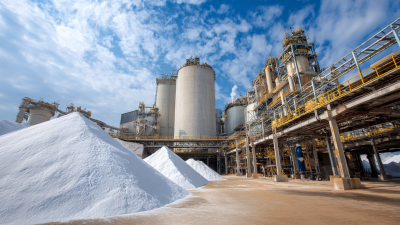
Understanding Anionic Polyacrylamide Flocculant Price Trends in Various Industries
-
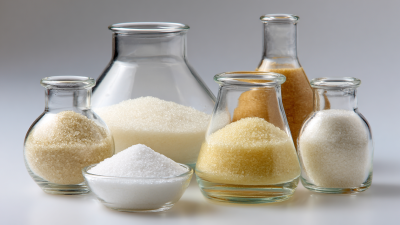
5 Best Applications for Acrylamide Resin in Modern Industries
-

Top Strategies for Sourcing Xanthan Gum: Unlocking Global Procurement Success
-
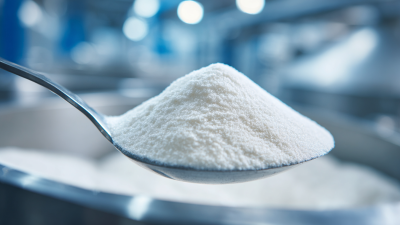
Comparative Analysis of Nonionic Polyacrylamide Versus Other Polymer Options in Industry Applications
-
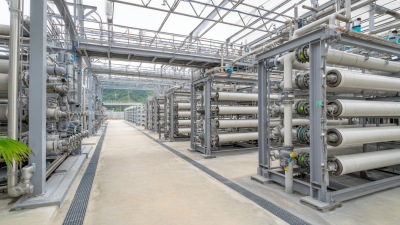
5 Essential Tips for Choosing the Right Ie/Ro Water Treatment Plant
Blog Tags:

Ava
-

Phone
-

E-mail
-

Whatsapp
-

WeChat
Jessy Lin
Paul Zhou:8613356391894 Eric Wong:8615963245439Emily Wu:8617866856171
-

WeChat
Paul Zhou

-

WeChat
Eric Wong

-

WeChat
Emily Wu








